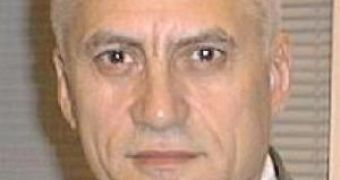Scientists at the Tel Aviv University have recently announced the development of a new “perfection” tool for analyzing video footage, which would allow investigators watching them to zoom in and correct the image to the point where the person in it becomes recognizable. Needless to say, the application could soon be implemented in surveillance offices around the world and in counter-terrorism divisions in all major countries. Primarily, its creators say, the goal of the system is to make low-quality, low-frame rate videos more useful to police departments and security guards.
The tool can be used in both black-and-white and color video footage, as it works just as well in either environment, Tel Aviv University Professor Leonid Yaroslavsky, the leader of the research team behind the new method, says. The contract for it was given to the university by a defense-related company, which wanted to have a tool at its disposal that would allow it to observe details that the naked eye could not see. One of its demands was that the system operate in real-time as well, and not only in recordings. The Israeli researchers also managed to successfully complete this part of the assignment.
“This enhancement of resolution can be a critical factor in locating terrorists or identifying criminal suspects,” Professor Yaroslavsky, whose team published details of the new tool in the latest issues of the scientific journals Optical Letters and Journal of Real Time Image Processing, explains. “Our video perfection tool works to improve visual quality and achieving a higher resolution of the video image,” he adds, saying that the implementation of the new device is just months away. As soon as a commercial partner is found, the method will be retrofitted on existing systems, and mounted as a default on future surveillance systems as well.
“It's quite a new approach to video perfection. A lot of work has been done in this field, so it's very gratifying to find a new and original application,” Yaroslavsky says. He explains that the camera functions by surpassing the “turbulent atmosphere” problem, which refers to the fact that video cameras pick up a “fuzzy” signal, if they observe something from a large distance, or with poor resolution. Rather than looking directly at the target, the new technique revolves around using algorithms to analyze the background of the scene, which usually remains still, and creating an image according to it.

 14 DAY TRIAL //
14 DAY TRIAL //